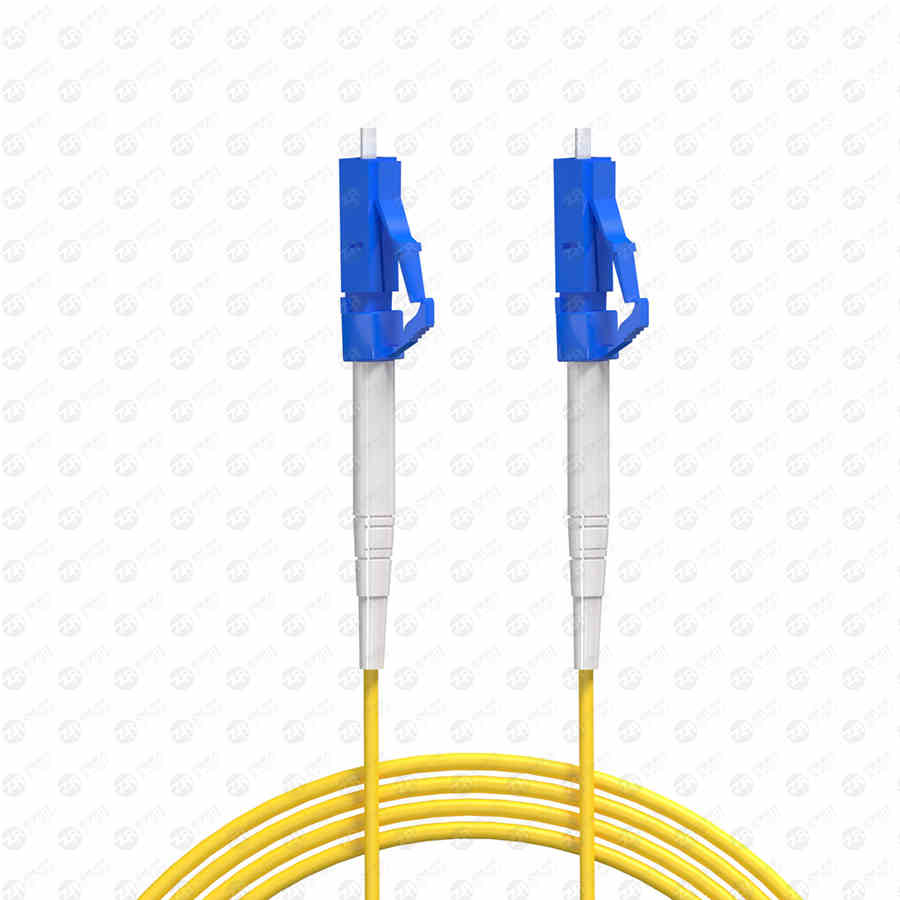The difference between optical fiber quick connector and cold connector
The continuous updating of several optical communication technologies has driven the large-scale development of fiber-to-the-home, thereby promoting the continuous expansion of the market scale of fiber-optic quick connectors. In the process of fiber-optic wiring, there are generally two types of fiber-optic connection methods. One is It is optical fiber thermal fusion, and one is to use a quick connector for splicing. So, what is the difference between fiber optic quick connectors and cold splices?
1. The meaning of fiber optic quick connectors and cold connectors
1. Optical fiber quick connector
Optical fiber active connectors, commonly known as live joints, generally called optical fiber connectors, are reusable passive devices used to connect two optical fibers or optical cables to form a continuous optical path. They have been widely used in optical fiber transmission lines and optical fiber distribution frames. It is the most widely used optical passive device among optical fiber test instruments and meters.
2. Cold connector
It is used for optical fiber butt optical fiber or optical fiber docking pigtail, which is equivalent to making a joint, (fiber docking pigtail refers to the butt joint between the optical fiber and the core of the pigtail, not the pigtail head mentioned by the former), which is used for this kind of cold splicing. Something called a fiber optic cold splicer.
Fiber Quick Connector
2. What is the difference between fiber optic quick connectors and cold connectors?
The optical fiber cold connector has the same structural principle as the pre-buried optical fiber connector. It is a sub-product of the optical fiber quick connector. Because its shape is similar to the quick connector, many people are stupid and unclear about the two.

The difference between the cold connector and the fiber optic quick connector is that it has no movable plug. It is used to directly and fixedly connect the optical link node when the optical fiber is connected to the optical fiber or the optical fiber and the pigtail. The joint loss is about 0.1dB—— 0.2dB. It is mainly used for indoor wiring or wiring in a small space, and the installation is more convenient and flexible.
3. How to install and use optical fiber quick connectors
Step 1: Remove the connector end cap and pass the cable through it;
Step 2: Use optical fiber strippers to strip the cable sheath, the length is about 5CM;
Step 3: Cut the exposed coating layer with the Miller clamp close to the edge of the clamp to expose the fiber;
Step 4: Wipe and clean the bare fiber with a dust-proof cloth;
Step 5: Cleave the fiber with a fixture;
Step 6: Align the optical fiber with the main body slot and insert it. When the optical fiber is initially bent, press the crimping cover down;
Step 7: Screw the end cap on the cable back to the main body of the connector and then fasten the shell.
The installation of the optical fiber quick connector is very simple, but it should be noted that the optical fiber quick connector is extremely susceptible to contamination and damage, which will lead to the loss of optical fiber performance. During the installation process, it should be kept away from dust and contaminants, and the action should be slow when inserting.
Fourth, what is the method of optical fiber cold splicing
First, use diagonal pliers to cut the steel wire inside the cable by about 20CM, and use the optical cable stripper to open the leather cable to expose the optical fiber, pay attention to the length. Put it in the guide groove, pull the guide groove back by 3.5CM, and use the Miller wire to peel off the plastic on the surface of the fiber, and the exposed fiber is bare fiber. Put the stripped bare fiber tape guide groove like a cutter, and push it from the inside (on one side of your body) to the outside. Put on the cold terminal and press the yellow part forward.
The above is the whole content of the difference between the optical fiber quick connector and the cold splicer that we have brought to you. I believe that you have already answered this question here. Make the glass stick to your hands.

